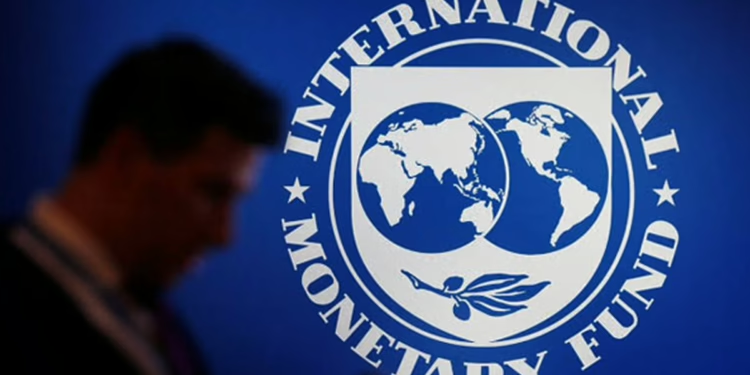- Global debt could reach 99.6% of GDP by 2030, risking long-term instability.
- High-risk nations with soaring debt levels threaten global economic stability.
- IMF calls for smarter fiscal strategies and subsidy reforms to avoid crises.
Global debt levels are climbing at an alarming pace, triggering renewed warnings from the International Monetary Fund. In its April 2025 Fiscal Monitor, the IMF projected that global public debt would reach 95.1% of GDP this year.
If left unchecked, it could approach 99.6% by the end of the decade. The report underscores a growing sense of fiscal unease, driven by heightened trade tensions, tighter financial conditions, and economic uncertainty.
During the Spring Meetings 2025 briefing, IMF officials emphasized the urgent need for credible fiscal strategies. They highlighted that without coordinated policy action, the current trajectory could spiral into long-term instability.
Debt Growth Outpacing Stability
A key graphic from the report showed a troubling trend. Out of 59 countries plotted, those in the highest-risk quadrant represent 80% of the global economy. These nations face both high debt levels and fast debt growth.
This indicates that the world’s economic engines are now at risk of overheating financially. Additionally, a newly introduced risk assessment tool projected global debt could surge to 117% of GDP under a severe shock scenario.
The IMF stressed that much of the recent debt accumulation stems from rising geopolitical risks and costly subsidies. Trade policy uncertainty alone remains a major destabilizer. Tight borrowing conditions and volatile markets add to the burden.
Consequently, governments must now prioritize smarter fiscal planning to avert potential crises. Maintaining fiscal discipline while supporting economic growth is no longer optional it’s necessary.
Policy Recommendations and Regional Realities
The IMF proposed a threefold strategy to navigate the storm: enforce stability-oriented macroeconomic policies, rebuild fiscal buffers, and invest in growth-enhancing reforms. It warned that emerging and developing markets (EMDEs) face unique challenges. Rising U.S. interest rates, for instance, could spike borrowing costs, worsening already strained budgets.
Energy subsidies remain a pressure point. Many EMDEs spend around 1.5% of GDP on such programs, which are often regressive. The IMF called for a phased removal supported by strong social safety nets. Meanwhile, pension reform is urgently needed in aging economies, requiring gradual implementation and wide public engagement.
Country-specific insights revealed stark contrasts. Nigeria struggles with subsidy reforms amid public unrest. South Africa’s fiscal outlook appears bleaker than its own projections suggest. Latin America faces rigid expenditure pressures, while ASEAN nations need to rebuild resilience.













